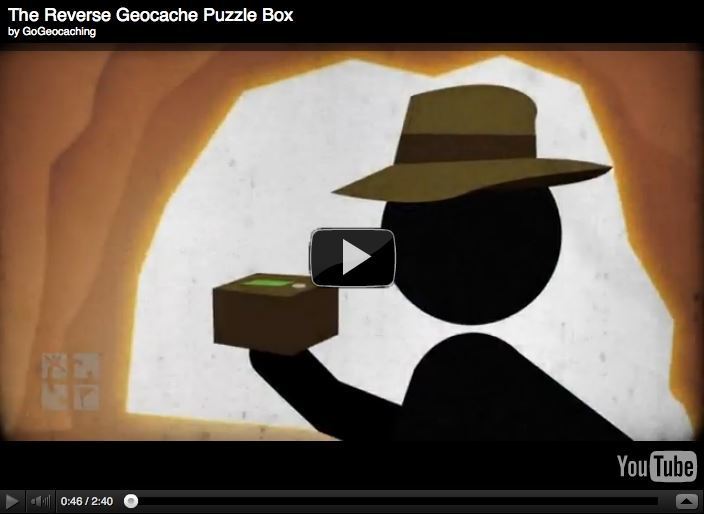Burton’s Legless Lizard
Burton’s Legless Lizard is often mistaken for a snake, but there are key differences. A Burton’s Legless Lizard has a wedge-shaped snout that sets it apart from both snakes and other lizards. Their colour can vary from cream, grey, brown, dark red with head usually slightly darker.
The Burton’s Legless Lizard also sports a pair of obvious ear openings on either side of its head. Unlike a snake, it has a broad, flat, and fleshy tongue. If you get close enough, you can follow the two white stripes down the sides of its body and look out for the very subtle marks of their tiny hind limbs, which a snake will not have.
Where do they live?
Burton’s Legless Lizard can be spotted across most of the Australian mainland, except on the southern coast. They like grasslands, beaches, woodlands and rainforests and can often be found sheltering under fallen timber, so look out for them if you go for a walk.
They are nocturnal in warm areas. In cooler states, they are active during the day.
Fast Facts:
- The Burton’s Legless Lizard is often mistaken for a snake at first glance. However, the Burton’s Legless Lizard is actually more closely related to geckos than to snakes.
- A Burton’s Legless Lizard has a special hinge across its skull that allows it to encircle its prey. Its flexible jaw can dislocate and wrap completely around its victim. The legless lizard grabs its prey around the chest, suffocating it and then eating the head first.

The cache is NOT at the posted coordinates
This Wherigo converts your player into a virtual version of the "Reverse Cache Box" which tells you the bearing to the cache, but not the distance. You may begin your search from any spot in the world using your Smartphone or Whereigo compatible GPS to navigate to the cache.
**As the cartridge produces whole number degrees, the triangulation is not accurate from long distances especially if the 2 readings are taken close together producing an acute angle at intersection, so don't be disheartened by a GZ that seems wrong, go near there and take more readings.**

The cartridge was created by day1976 and is available to download from the wherigo website. day1976's Open Source Reverse Wherigo .
Start up the player, find and load the cartridge. > NewGame > Find a Geocache > Answer > Enter First Code > xxxxx > Answer > Enter Second Code > xxxxx > Answer > The bearing to this Geocache is xxx degrees. This bearing is from where you are standing. It is now up to you how many times you relocate and obtain different bearings so as to triangulate the cache. The ultimate goal would be to find the cache with just one bearing reading, but for most, it would need a minimum of two bearings. Bearings are with respect to True North, so If using an OS map, allowances will have to be made, as Grid North, Magnetic North, and True North are all different!
To begin, you will have to type these two codes into your player when prompted:
jk3va
gdjjc
It is suggested that you take the code with you on your journey. It will be needed if it becomes necessary to restart your player for any reason.
Have Fun!
How to download the Whereigo Cartridge
You may begin your search from any spot in the world using a Whereigo compatible GPS unit or phone app.
Link to day1976's Open Source Reverse Wherigo cartridge.
Log into wherigo.com using your geocaching.com player name and password. The cartridge type used on phone apps is the Pocket PC Device.